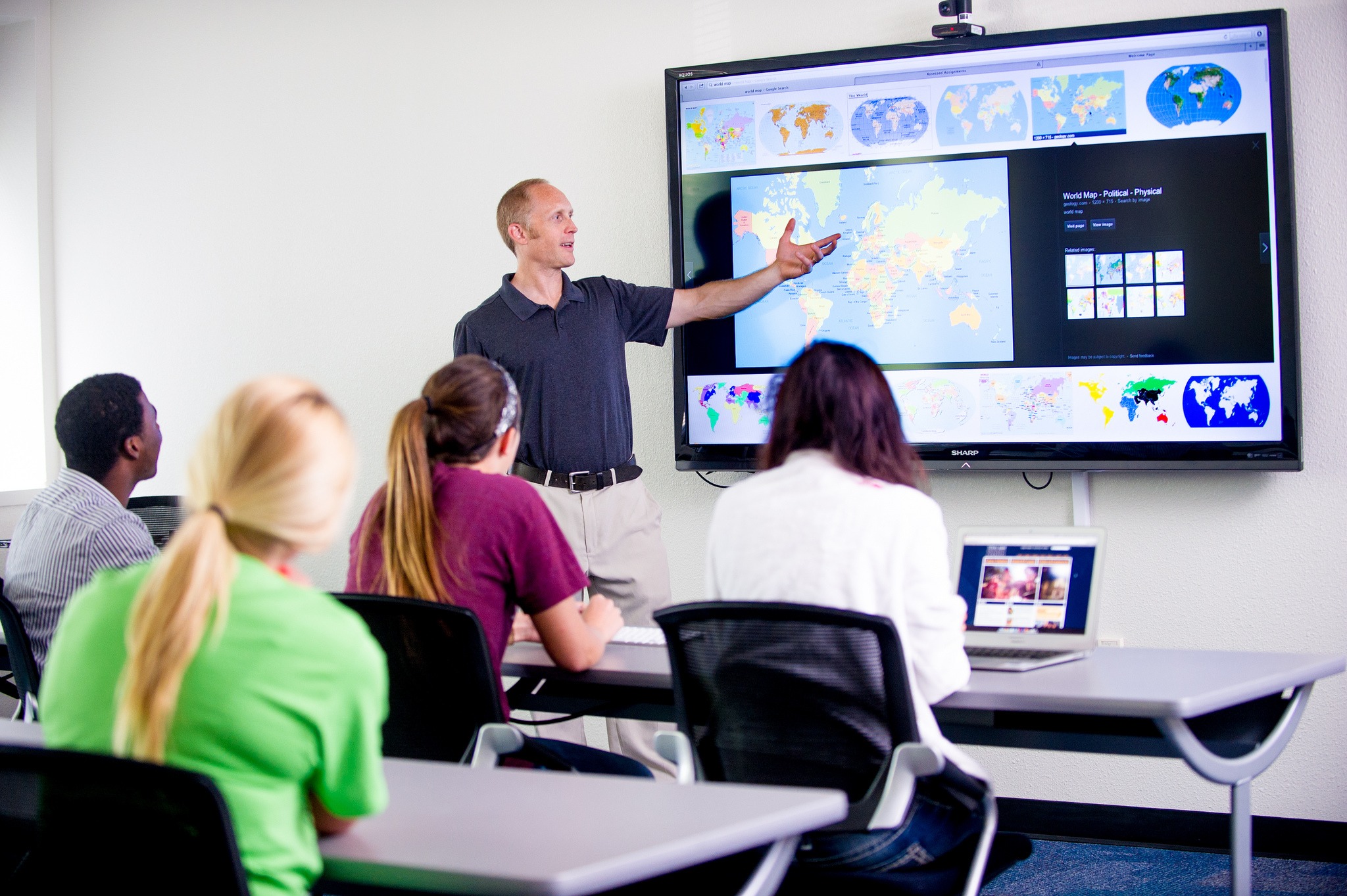The education landscape is evolving rapidly, with digital classrooms replacing traditional chalk-and-board teaching methods. This shift is driven by advancements in technology, the increasing need for flexible learning, and the demand for personalized education. Digital classrooms offer interactive, engaging, and innovative learning experiences that cater to modern students’ needs, making them the new normal in the education sector.
The Rise Of Digital Classrooms
Traditional classrooms, while effective, often lack the adaptability required to meet the diverse needs of students. Digital classrooms, on the other hand, integrate technology-driven solutions that enhance student engagement, improve accessibility, and provide a more customized approach to learning.
From interactive whiteboards to virtual labs, digital tools are reshaping the way educators teach and students learn. With the rise of e-learning platforms and smart class apps, schools and institutions are transitioning towards a more tech-enabled education system.
Enhanced Learning Through Technology
One of the biggest advantages of digital classrooms is their ability to enhance learning through technology. Features such as multimedia presentations, AI-driven analytics, and gamified learning modules make lessons more engaging and impactful.
For instance, visual and interactive elements help students understand complex concepts more effectively than static textbooks. Augmented Reality (AR) and Virtual Reality (VR) take learning to the next level by providing immersive experiences in subjects like science, history, and geography.
Flexibility And Accessibility
Digital classrooms offer unmatched flexibility, allowing students to access lessons anytime and anywhere. This is particularly beneficial for students in remote areas who may not have access to quality educational institutions. With recorded lectures, online assignments, and cloud-based resources, students can learn at their own pace, ensuring better retention of information.
Additionally, students with disabilities benefit significantly from digital classrooms as assistive technologies, such as text-to-speech and screen readers, help make learning more inclusive.
Personalized Learning Experience
Unlike traditional classrooms where one teaching method is applied to all students, digital classrooms allow for a more personalized learning approach. AI-powered platforms analyze student performance and adapt teaching materials based on individual strengths and weaknesses.
Students can also revisit lessons, take customized quizzes, and receive instant feedback, helping them improve continuously. This personalized learning experience ensures better academic outcomes and fosters independent learning.
Teacher Empowerment And Efficiency
Digital classrooms not only benefit students but also empower teachers by providing innovative tools to enhance their teaching methods. Automated grading systems, real-time student performance tracking, and AI-based insights allow educators to focus more on student engagement rather than administrative tasks.
Additionally, online collaboration tools enable teachers to connect with students beyond the classroom, providing additional support and guidance. Digital classrooms foster a more interactive teacher-student relationship, making education more effective.
Cost-Effective Education
Transitioning to digital classrooms reduces the cost of education by minimizing the need for physical textbooks, printed materials, and traditional infrastructure. Schools and institutions can invest in digital tools that provide long-term benefits at a fraction of the cost of maintaining conventional classrooms.
For students and parents, this shift means reduced expenses on books, transportation, and other related costs, making quality education more affordable and accessible.
Challenges And Solutions
Despite the numerous advantages of digital classrooms, challenges such as the digital divide, internet connectivity issues, and lack of proper training for educators remain. However, governments, educational institutions, and tech companies are actively working on solutions to bridge these gaps.
- Bridging the Digital Divide: Initiatives providing affordable devices and internet connectivity in rural areas help make digital education more accessible.
- Teacher Training Programs: Educators are being trained to effectively use digital tools, ensuring a seamless transition from traditional to digital teaching methods.
- Hybrid Learning Models: A blend of digital and traditional teaching methods is being adopted to cater to students with varying levels of access to technology.
The Future Of Education
The transition to digital classrooms is not just a trend; it is the future of education. As technology continues to advance, the education sector will witness even more innovations that enhance learning experiences.
With AI-driven tutors, smart class apps, and cloud-based education systems, students will receive a more engaging, efficient, and interactive learning experience. The shift towards digital classrooms ensures that education keeps pace with the evolving world, equipping students with the skills required for the future.
Conclusion
Digital classrooms have become the new normal, offering flexibility, accessibility, and personalized learning experiences. The integration of technology in education is transforming traditional teaching methods, making learning more interactive and effective. As schools and institutions embrace digital transformation, the future of education looks more promising, inclusive, and innovative than ever before.
The move beyond chalk and board is not just an upgrade—it is a revolution in education that is here to stay.

